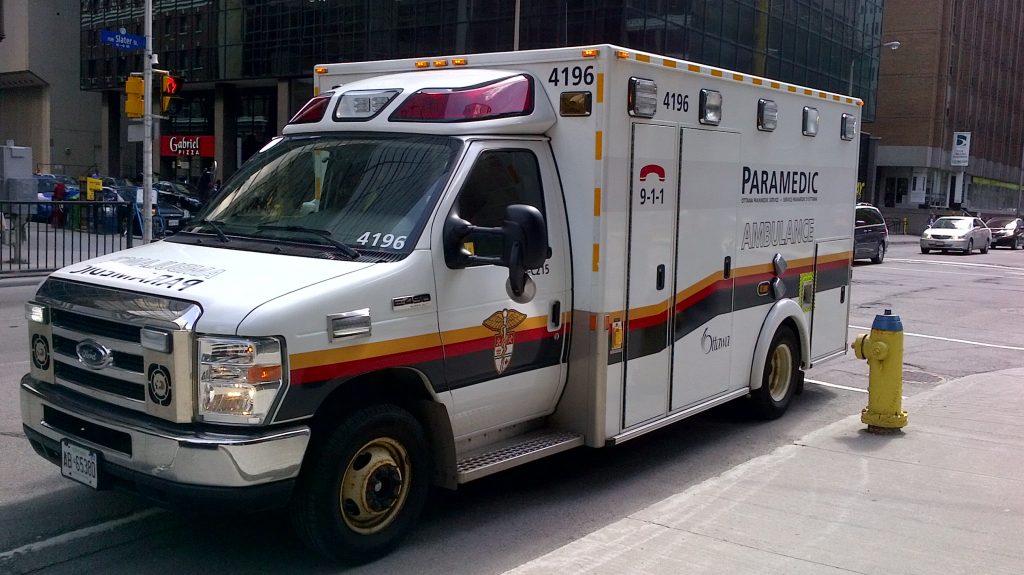
In the lead up to the new provincial budget, all eyes are on the future of healthcare spending and where cuts will be made. According to an analysis of the Ontario government’s spending from 2014 to 2018, funding for acquired brain injury to the Champlain Local Health Integration Network increased by roughly seven percent over that time. However, due to recent developments related to the budget, health care providers are worried about their future funding.
On January 31, the NDP leaked a draft Conservative health care plan. In it, the administration lays out a plan to create a “super health agency,” confirming the province’s plans to disband the 14 Local Health Integration Networks (LHIN) in Ontario, including the Champlain LHIN, which manages services in Ottawa. Health Minister Christine Elliott later released a statement confirming the document is genuine, but emphasized that it is a draft and reaffirmed the Ford government’s commitment to health care.
The 2018 Ontario Public Accounts reports the Champlain LHIN, received roughly 2.7 million dollars for ABI that year, which is less than five percent of all provincial funding given to ABI. Judy Gargaro, Executive Director of the Ontario Neurotrauma Foundation, a non-profit brain injury prevention organization, says this shows that funding should be increased, not slashed.
“It’s an expensive group to do right and if you do it wrong, there’s all sorts of other costs that come to society,” she says. “It’s easy for governments to look at other chronic conditions or diseases, like cancer, that have more perceived impact to the public, and part of our frustration is that people don’t realize ABI is a huge number.”
According to a 2016 report by the Champlain LHIN, Ontario records roughly 18000 new cases of acquired brain injury (ABI) each year, with 6500 new cases in Champlain alone, which is home to roughly 10 percent of Ontario’s population. ABIs, which can be either traumatic (stemming from an acute injury to the head) or non-traumatic (such as from a stroke), is a leading cause of death and disability to people under the age of 45.
The Ford administration ran on a platform promising to help Ontario save money by cutting down on government spending. France Gélinas, the NDP Opposition Health Care Critic, says the current government ran on a platform to save $6 billion in the province, adding it will ‘absolutely’ mean cuts to health and long-term care spending.
“Health care represents half of the expenses of the provincial government, so half of six billion dollars is three billion dollars,” says Gélinas, the New Democrat MPP for Nickel Belt. “They have said, and they are on the path, to cut three billion dollars out of health care and any reason, any words that they use will not change the end result.”
With the future of the LHINs in doubt, care providers are concerned they won’t be able to provide adequate levels of support service. Gargaro says she believes the government doesn’t truly understand the ramifications of not funding care for afflictions like acquired brain injury properly, and that the government needs to establish a properly funded “brain injury strategy.”
“If you look at community providers and their waitlists, you have 10-year waitlists for housing, 10-year waitlists for supportive service. Even if it’s a one-year wait list, for someone who’s struggling with the aftereffects of a brain injury, one year is a lifetime,” she says. “It’s not just Champlain’s problem, this is a provincial problem.”
The government is holding budget consultations until February 8.
